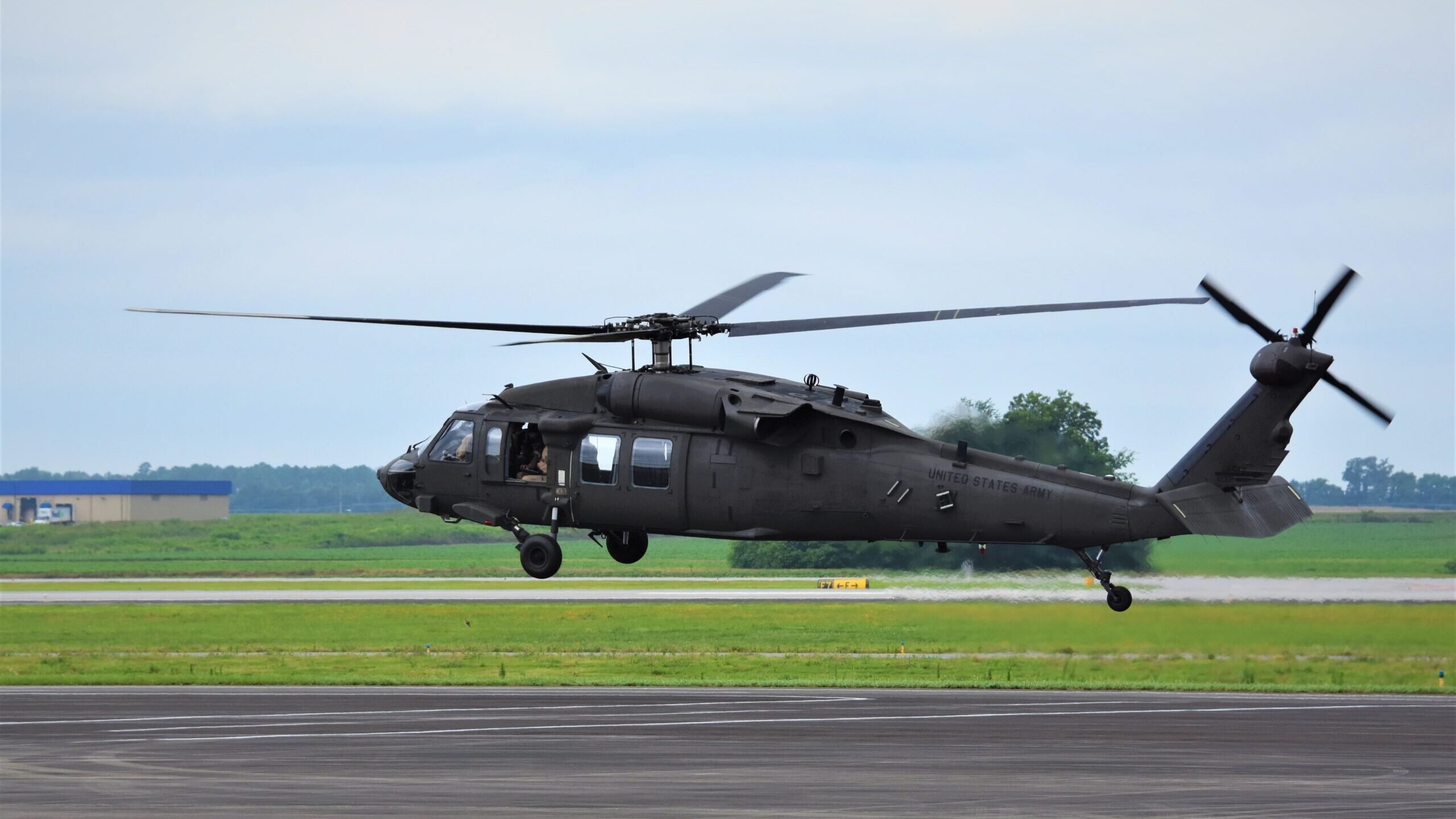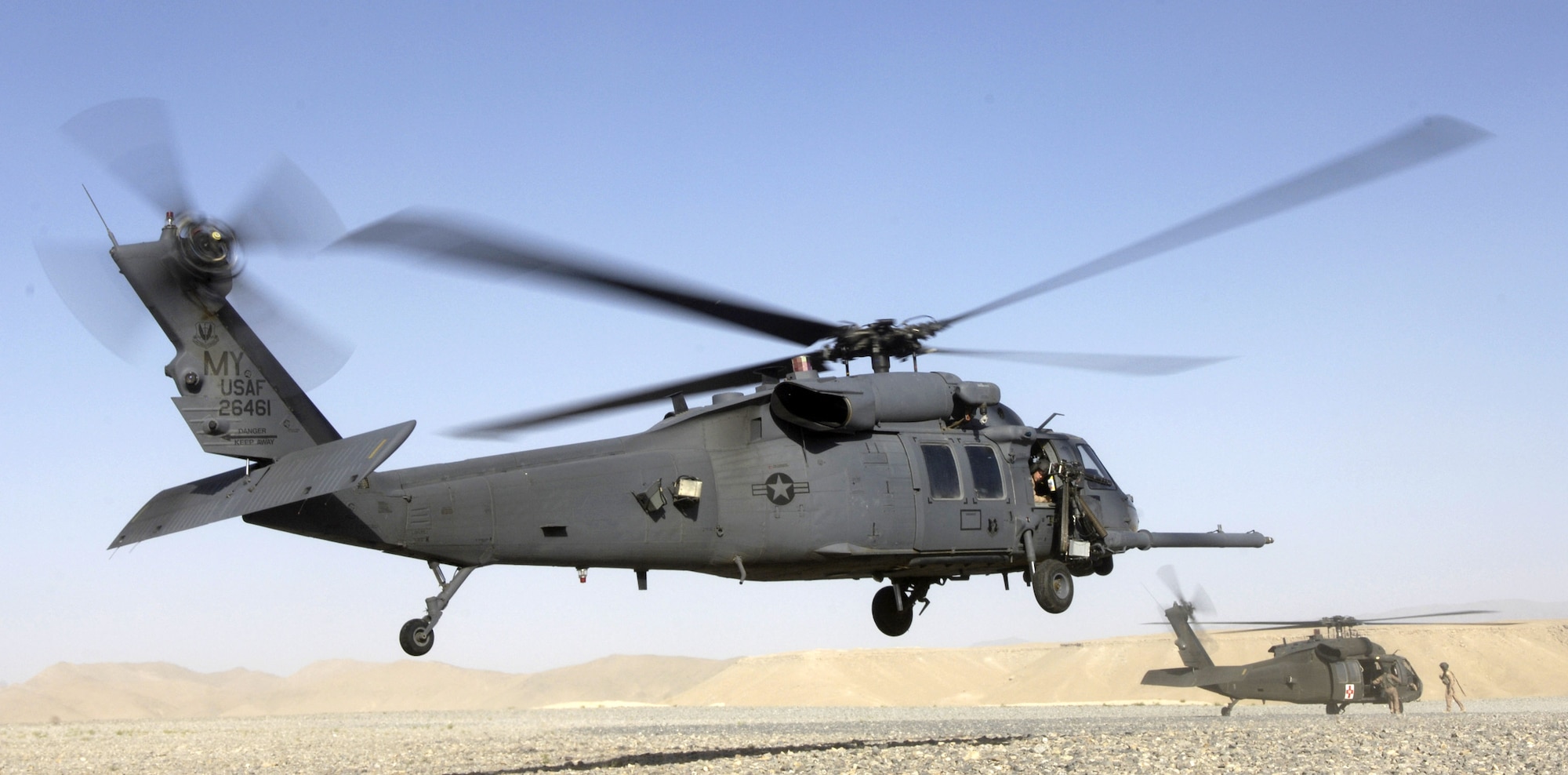UH 60 Black Hawk Helicopter Variants and Their Uses
UH 60 Black Hawk Helicopter Variants and Their Uses
Blog Article
Discovering the Innovative Innovation Behind Aircraft Style and Engineering
The field of aircraft style and design is experiencing a transformative shift driven by cutting-edge innovations that boost performance, sustainability, and effectiveness. Advanced materials such as carbon fiber compounds and titanium alloys are establishing brand-new requirements, while wind resistant developments and expert system are simplifying processes and improving results. As the market comes to grips with the challenges of environmental duty, developments in lasting aviation innovations guarantee to reshape the future. Nevertheless, the ramifications of these developments extend beyond performance metrics; they may redefine the actual nature of air travel. What might this mean for the sector in its entirety?
Advanced Materials in Airplane Layout
How can the integration of advanced materials reinvent airplane layout? The incorporation of advanced materials, such as carbon fiber composites, titanium alloys, and advanced ceramics, plays an important duty in enhancing airplane performance and effectiveness. These products supply exceptional strength-to-weight ratios, allowing suppliers to reduce total airplane weight without jeopardizing architectural integrity. This reduction in weight straight adds to improved gas effectiveness and enhanced payload capacity.
Furthermore, innovative materials display improved resistance to rust and tiredness, leading to lower upkeep costs and extensive service life. As an example, making use of titanium in essential components aids endure severe temperature levels and stress and anxieties, while carbon fiber compounds provide versatility in design and production processes. This adaptability enables more aerodynamic forms, adding to premium efficiency features.
Additionally, the assimilation of smart products, which can alter properties in response to exterior stimuli, opens brand-new methods for flexible systems in aircraft style. uh 60. These technologies guarantee not just to enhance safety and operational effectiveness yet additionally to contribute to sustainability efforts by reducing environmental influence with decreased exhausts. In recap, progressed materials are redefining the landscape of airplane design, paving the means for more reliable, long lasting, and eco-friendly aviation options
Aerodynamic Developments for Efficiency
Aerodynamic technologies play a critical role in enhancing aircraft performance, substantially affecting fuel usage and total performance. Advances in airfoil style, such as the intro of supercritical wings, allow for maximized lift-to-drag ratios, minimizing drag at transonic rates. These advancements allow aircraft to maintain greater speeds with reduced gas expense, directly impacting functional prices and ecological sustainability.
Moreover, the integration of winglets has proven reliable in minimizing vortex-induced drag at the tips of wings, further boosting fuel efficiency - uh 60. This design adjustment results in a decrease in wake disturbance, adding to boosted wind resistant efficiency throughout cruise ship problems

Furthermore, computational fluid dynamics (CFD) tools have changed the testing and refinement of aerodynamic shapes, enabling precise simulations of air movement around aircraft (uh 60). This enables engineers to innovate continuously, ensuring that modern-day airplane not just fulfill governing standards however likewise press the borders of efficiency in aviation

Duty of Computer System Simulations
Computer system simulations have actually ended up being a crucial device in the area of airplane design, allowing designers to conduct thorough evaluations and optimizations of numerous style facets. These simulations permit the virtual screening of aerodynamic residential or commercial properties, architectural stability, and efficiency metrics long before physical prototypes are built. By utilizing computational fluid dynamics (CFD) and limited element evaluation (FEA), designers can forecast exactly how air flows around the aircraft and exactly how different products will react to stress and anxiety and strain.
Additionally, computer simulations promote the expedition of a wide variety of situations and variables, accelerating the design procedure and reducing costs connected with physical testing. This capability not only improves the accuracy of predictions pertaining to aircraft behavior however also offers insights right into prospective layout improvements that might not be immediately apparent through conventional methods.

In addition, simulations aid guarantee compliance with stringent safety and security policies by enabling designers to determine and fix potential concerns early in the style phase. The integration of simulation technologies right into the aircraft style procedure highlights the considerable innovations in engineering practices, inevitably adding to the advancement of safer, a lot more effective, and eco-friendly airplane.
Expert System in Engineering
Synthetic knowledge (AI) is transforming the engineering landscape, specifically in aircraft style, by maximizing read the article and boosting decision-making procedures design process. Through equipment learning formulas, AI can assess large datasets, discovering patterns and understandings that notify layout options and improve general performance.
AI applications in aircraft design include generative style, where algorithms create several layout choices based upon defined criteria, allowing engineers to evaluate a broader variety of opportunities. This not just increases the design phase but additionally makes sure that the end products satisfy browse around here strict performance and safety criteria.
Furthermore, AI-driven anticipating analytics assist in upkeep organizing by evaluating historic data and forecasting possible failures. This aggressive approach decreases downtime and improves aircraft reliability.
Furthermore, AI help in simulation and modeling, allowing engineers to check designs under various conditions without the need for physical prototypes. This ability shortens growth timelines and decreases expenses connected with standard testing methods.
Lasting Aviation Technologies
The response exists in the fostering of sustainable aeronautics technologies that focus on performance and lower carbon emissions. Technologies such as lasting aviation fuels (SAFs), which are acquired from sustainable sources, have emerged as an important component in accomplishing lower lifecycle discharges.
Moreover, developments in airplane style, such as the growth of lighter products and more aerodynamically efficient forms, contribute to improved fuel effectiveness. Electric and hybrid propulsion systems are additionally getting traction, supplying a pathway to minimize dependence on fossil gas and decrease greenhouse gas discharges.
The assimilation of these innovations is sustained by regulatory structures and industry cooperations intended at setting ambitious sustainability targets. Furthermore, digital tools like information analytics and man-made intelligence can optimize flight operations, better enhancing fuel performance. By embracing sustainable methods and technologies, the air travel industry can not just satisfy the expanding need for flight yet additionally play a critical duty in attending to climate modification, making sure a much more sustainable future for air go to website transport.
Final Thought
The convergence of innovative products, aerodynamic innovations, and sophisticated technologies notes a considerable advancement in aircraft design and design. The combination of carbon fiber composites, titanium alloys, and AI-driven procedures not only improves efficiency and efficiency however also simplifies process and predictive upkeep. The continuous development of lasting aviation innovations underscores a commitment to environmental obligation, leading the method for a greener future in aviation. This continuous innovation will certainly form the industry's trajectory for many years to find.

Computer simulations have actually come to be an indispensable device in the field of aircraft layout, enabling designers to perform in-depth evaluations and optimizations of different style aspects.The convergence of sophisticated products, wind resistant developments, and cutting-edge technologies marks a significant development in airplane design and design.
Report this page